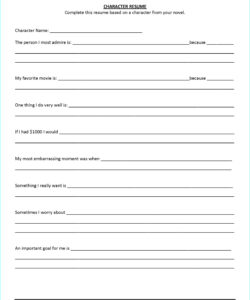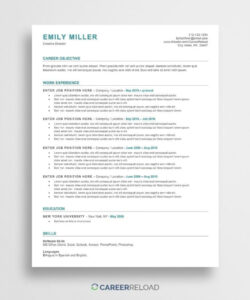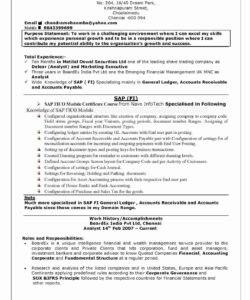Clinical rotations are an essential part of medical education, providing students with hands-on experience in a variety of healthcare settings. However, when it comes to including these rotations on a resume, many students are unsure of how to proceed. In this article, we’ll provide you with a step-by-step guide on how to include clinical rotations on your resume, so you can showcase your skills and experience to potential employers.
Introduction
Before we dive into the specifics of how to include clinical rotations on your resume, let’s take a moment to discuss why they’re important. Clinical rotations provide students with the opportunity to gain practical experience in a variety of healthcare settings, from hospitals and clinics to long-term care facilities and community health centers. During these rotations, students work alongside experienced healthcare professionals, learning how to diagnose and treat patients, manage medical records, and communicate with other members of the healthcare team.
By including your clinical rotations on your resume, you can demonstrate to potential employers that you have the skills and experience necessary to succeed in a healthcare setting. This can be especially important if you’re a recent graduate or have limited work experience in the field.
How to Include Clinical Rotations on Your Resume
When it comes to including clinical rotations on your resume, there are a few key things to keep in mind:
1. Choose the Right Format
There are two main formats you can use to include clinical rotations on your resume: a chronological format and a functional format. A chronological format lists your work experience in reverse chronological order, starting with your most recent position. A functional format, on the other hand, focuses on your skills and experience, rather than your work history.
If you have limited work experience in the field, a functional format may be the best choice. This will allow you to highlight your clinical rotations and other relevant experience, without drawing attention to any gaps in your work history.
2. Highlight Your Skills and Experience
When describing your clinical rotations on your resume, be sure to highlight the skills and experience you gained during each rotation. This might include things like:
- The types of patients you worked with
- The procedures you performed
- The medical equipment you used
- The healthcare professionals you worked alongside
By highlighting these details, you can give potential employers a better sense of what you’re capable of and what you’ve accomplished during your clinical rotations.
3. Use Action Verbs
When describing your clinical rotations on your resume, be sure to use strong action verbs to describe your accomplishments. This might include verbs like:
- Treated
- Diagnosed
- Managed
- Assisted
Using strong action verbs can help make your resume more engaging and memorable, which can be especially important if you’re applying for a competitive position.
4. Keep It Concise
When it comes to including clinical rotations on your resume, it’s important to keep things concise. Be sure to focus on the most important details, and avoid including any irrelevant information. Remember, your resume should be no more than two pages long, so you’ll need to be selective about what you include.
Conclusion
By following these tips, you can create a resume that highlights your clinical rotations and other relevant experience, while also showcasing your skills and accomplishments. Remember to choose the right format, highlight your skills and experience, use strong action verbs, and keep things concise. With these tips in mind, you’ll be well on your way to landing your dream job in the healthcare field!
FAQ
Q: How do I list clinical rotations on my resume?
A: When listing clinical rotations on your resume, be sure to include the name of the facility where you completed the rotation, the dates you were there, and a brief description of your responsibilities and accomplishments.
Q: Should I include all of my clinical rotations on my resume?
A: It’s generally a good idea to include all of your clinical rotations on your resume, especially if you’re a recent graduate or have limited work experience in the field. However, if you have a lot of clinical rotations, you may want to focus on the most relevant ones.
Q: How do I highlight my clinical rotations on my resume?
A: To highlight your clinical rotations on your resume, be sure to use strong action verbs to describe your accomplishments, and focus on the skills


